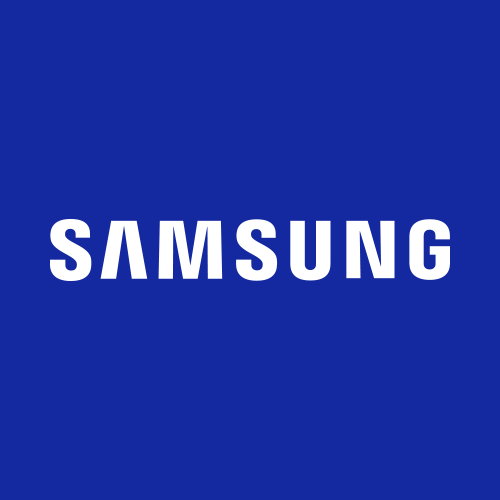-Clone 2tb to 4tb drive. Make sure it boots (it does).
-Convert 4TB drive to GPT. Make sure it boots.
This is backwards.
Covert the 4TB.
Clone, adjusting partition sizes in the process.
Thusly:
-----------------------------
Specific steps for a successful clone operation:
-----------------------------
Verify the actual used space on the current drive is significantly below the size of the new SSD
Both drives must be the same partitioning scheme, either MBR or GPT
Download and install
Macrium Reflect (or
Samsung Magician (which includes Data Migration), if a Samsung target SSD)
If you are cloning from a SATA drive to PCIe/NVMe, you may need to install the relevant driver for this new NVMe/PCIe drive.
Power off
Disconnect ALL drives except the current C and the new SSD
Power up
Verify the system boots with ONLY the current "C drive" connected.
If not, we have to fix that first.
Run the Macrium Reflect (or Samsung Data Migration)
Select ALL the partitions on the existing C drive
[Ignore this section if using the SDM. It does this automatically]
If you are going from a smaller drive to a larger, by default, the target partition size will be the same as the Source. You probably don't want that
You can manipulate the size of the partitions on the target (larger)drive
Click on
"Cloned Partition Properties", and you can specify the resulting partition size, to even include the whole thing
[/end ignore]
Click the 'Clone' button
Wait until it is done
When it finishes, power off
Disconnect ALL drives except for the new SSD.
This is not optional.
This is to allow the system to try to boot from ONLY the SSD
(swapping cables is irrelevant with NVMe drives, but DO disconnect the old drive for this next part)
Swap the SATA cables around so that the new drive is connected to the same SATA port as the old drive
Power up, and verify the BIOS boot order
If good, continue the power up
It should boot from the new drive, just like the old drive.
Maybe reboot a time or two, just to make sure.
If it works, and it should, all is good.
Later, reconnect the old drive and wipe all partitions on it.
This will probably require the commandline diskpart function, and the clean command.
Ask questions if anything is unclear.
-----------------------------


